Acromegaly: A disease that causes adults to grow uncontrollably

Patients with acromegaly make too much growth hormone, which causes them to grow disproportionately large bones, organs and tissues.
Science and Technolgy blog

Patients with acromegaly make too much growth hormone, which causes them to grow disproportionately large bones, organs and tissues.

The Geminid meteor shower is upon us. Up to 120 “shooting stars” per hour will rain down on Earth during the shower’s peak on Dec. 13 and 14, but a near-full moon may hamper viewing.
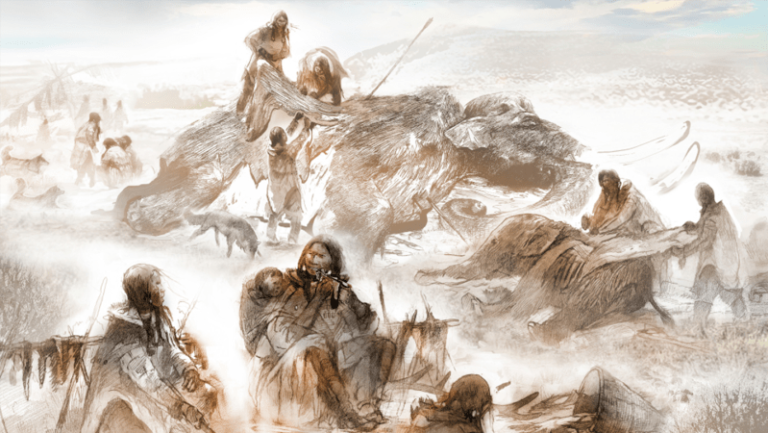
Mammoths made up as much as 40 percent of the ancient North Americans’ diet, a chemical analysis of human remains reveals.
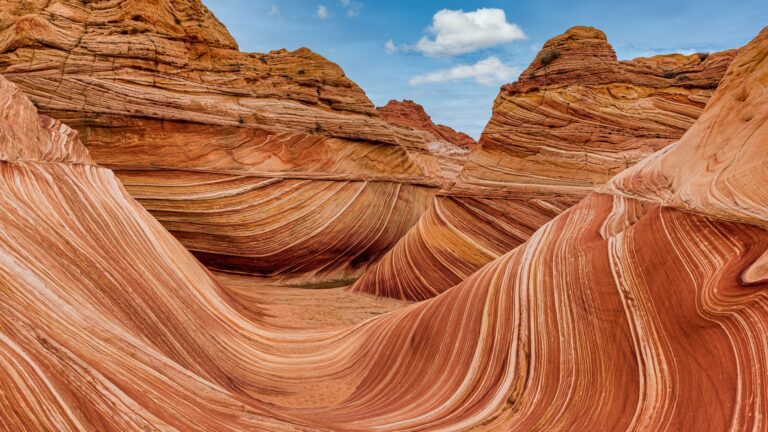
Geology news, features and articles
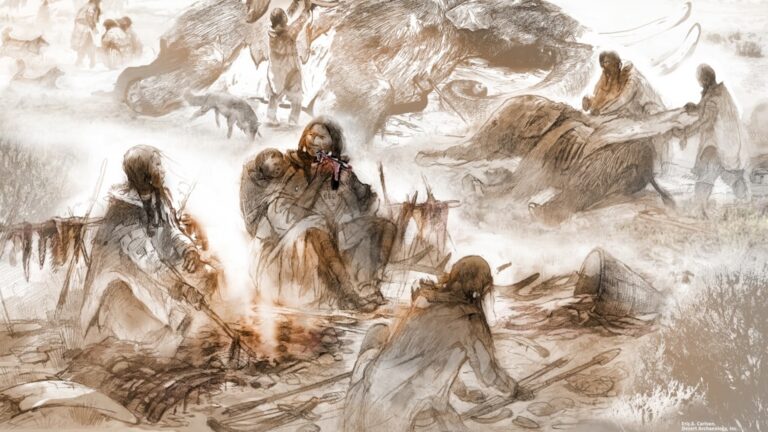
Radioisotopes in the bones of an 18-month-old boy who lived almost 13,000 years ago indicate that his mother ate mostly mammoths.
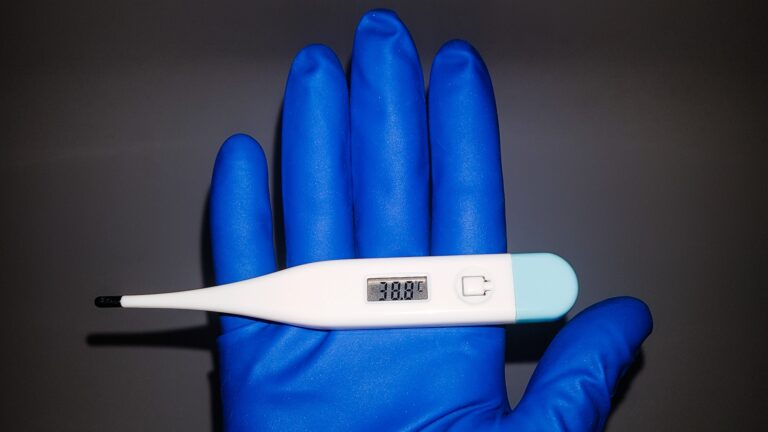
Between 67 and 143 people in the DRC have died of an unknown, flu-like disease, officials have said.

Asteroid C0WEPC5 entered Earth’s atmosphere at 1:15 a.m. local time on Dec. 4 over northeastern Siberia.
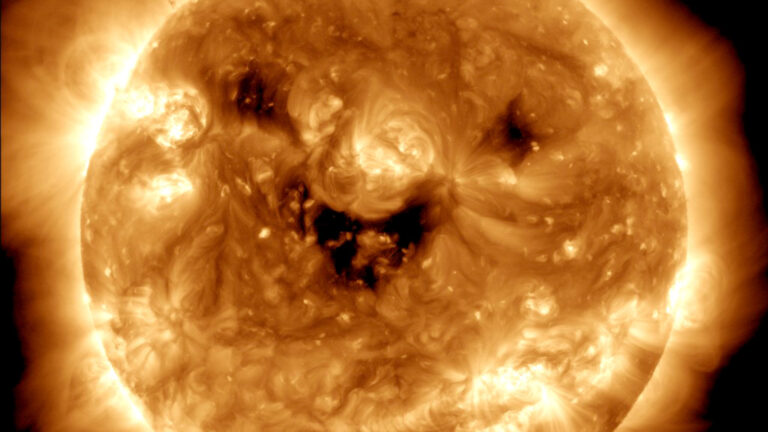
Space weather experts warn that solar activity will persist or even increase after solar maximum has ended and we enter a phase of the solar cycle dubbed the “battle zone.”

At least 15 human skulls at a Neolithic site in Italy may represent the group’s collective ancestors, although archaeologists aren’t certain.
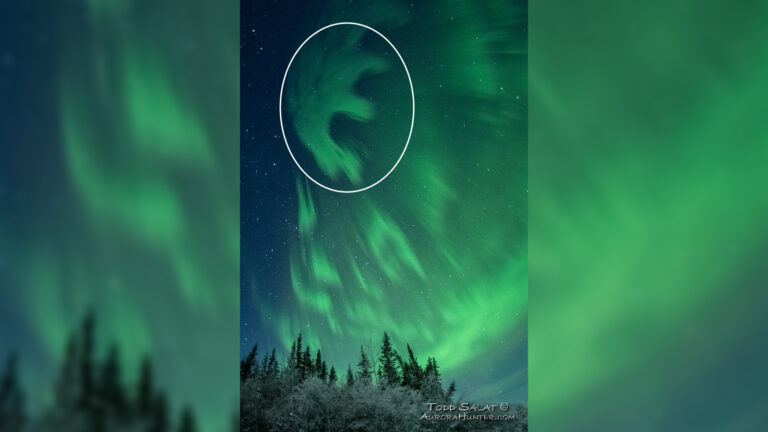
A “bizarre” E-shaped aurora was recently photographed dancing in the sky above Alaska. The unusual light show was caused by rare black auroras, a.k.a. anti-auroras, which catapult charged particles from the sun back out of Earth’s atmosphere and into space.